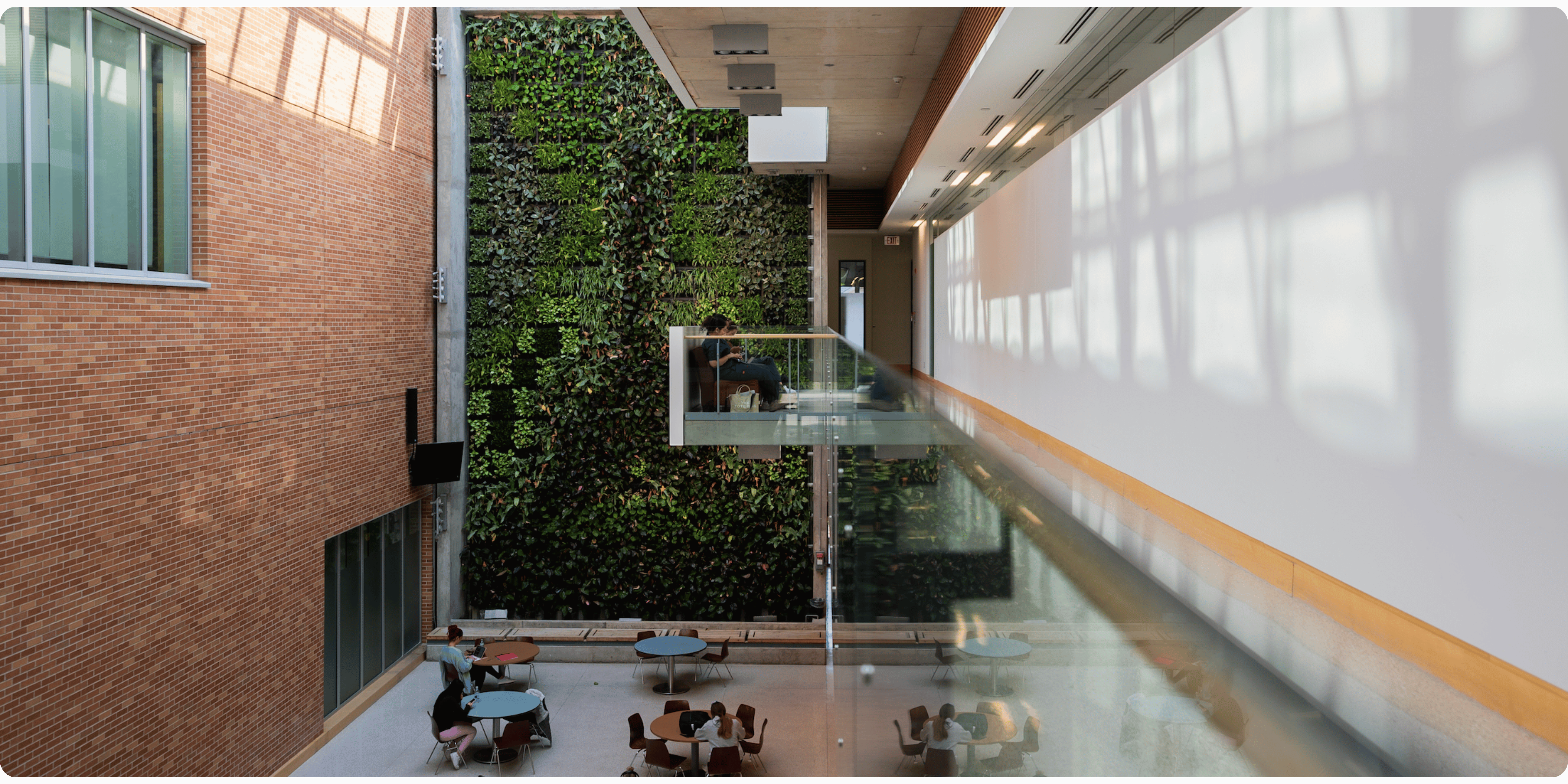As environmental concerns and energy costs rise, tenants and investors are increasingly drawn to buildings that incorporate green features. These sustainable elements not only reduce operational expenses but also enhance occupant well-being and contribute to long-term asset value.
The Appeal of Green Features to Tenants
Tenants are prioritizing health, comfort, and cost-efficiency in their choice of living and working spaces. Green buildings address these needs through:
- Enhanced Indoor Air Quality: Utilizing non-toxic materials and advanced ventilation systems, green buildings offer cleaner air, reducing health risks and improving overall comfort.
- Natural Lighting and Thermal Comfort: Designs that maximize daylight and maintain consistent indoor temperatures contribute to a more pleasant environment, boosting productivity and satisfaction.
- Lower Utility Bills: Energy-efficient systems and water-saving fixtures lead to significant reductions in monthly expenses for tenants.
These benefits not only improve the tenant experience but also lead to higher retention rates, as occupants are more likely to stay in spaces that support their well-being and financial goals.
Green Certifications: A Magnet for Investors
For investors, green building certifications such as LEED (Leadership in Energy and Environmental Design) and BREEAM (Building Research Establishment Environmental Assessment Method) serve as indicators of a property’s commitment to sustainability and operational excellence. These certifications can lead to:
- Increased Property Value: Certified buildings often command higher market prices due to their energy efficiency and reduced environmental impact.
- Attractive Returns on Investment: Lower operating costs and higher tenant satisfaction contribute to improved net operating income, enhancing the property’s financial performance.
- Alignment with ESG Goals: Investors focused on Environmental, Social, and Governance (ESG) criteria find certified green buildings align with their sustainability objectives, making them more appealing investment opportunities.
According to the Green Building Initiative, office buildings with sustainability certifications can earn a rental premium over their non-certified counterparts, highlighting the financial advantages of green investments.
Operational Cost Savings and Long-Term Benefits
Green buildings are designed to minimize resource consumption, leading to substantial cost savings over time. Features contributing to these savings include:
- Energy-Efficient Systems: Advanced HVAC, lighting, and insulation reduce energy usage, lowering utility expenses.
- Water Conservation Measures: Low-flow fixtures and rainwater harvesting systems decrease water bills and support sustainability goals.
- Durable Materials: High-quality, sustainable materials reduce maintenance needs and extend the building’s lifespan.
These operational efficiencies not only benefit property owners and investors but also appeal to tenants seeking cost-effective and environmentally responsible spaces.
Enhancing Marketability and Competitive Advantage
In a competitive real estate market, green features differentiate properties, making them more attractive to both tenants and investors. Sustainable buildings often experience:
- Higher Occupancy Rates: The demand for eco-friendly spaces leads to quicker lease-ups and reduced vacancy periods.
- Positive Public Image: Demonstrating a commitment to sustainability enhances a property’s reputation, appealing to environmentally conscious stakeholders.
- Regulatory Incentives: Many municipalities offer tax breaks, expedited permitting, and other incentives for green-certified buildings, further improving their financial viability.
Integrating green features into building design and operations is a strategic move that attracts tenants and investors alike. By prioritizing sustainability, properties not only contribute to environmental preservation but also achieve enhanced financial performance and market competitiveness. As the demand for sustainable spaces continues to grow, embracing green building practices is essential for future-proofing real estate investments.


